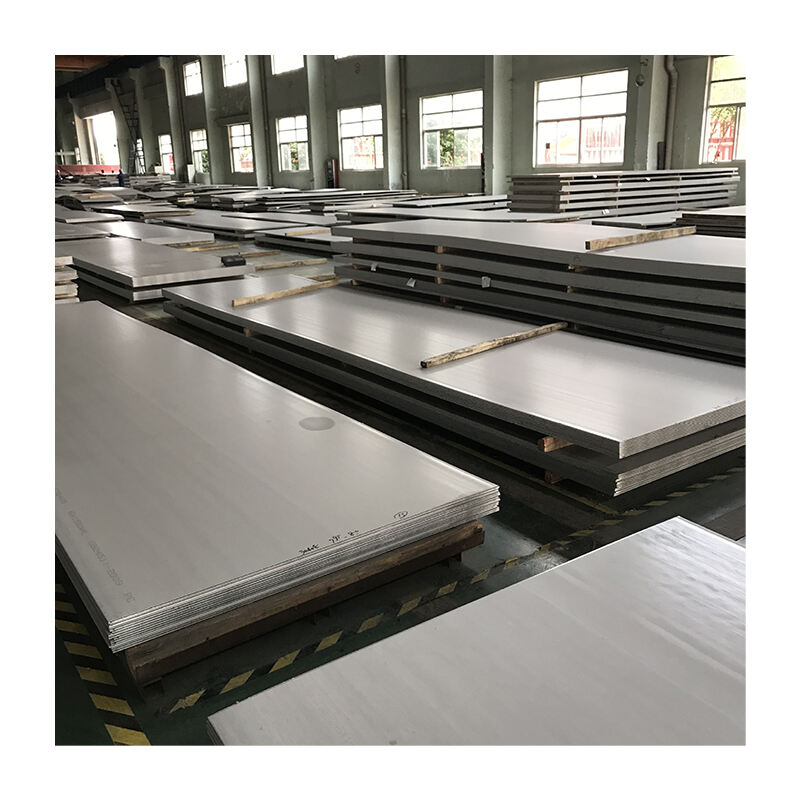In modern architecture, the type of materials selected plays an important role concerning the aesthetics and function of a given structure. Stainless steel sheets have become of paramount importance to both architects and designers. In this article, we focus on the contribution of stainless steel sheets to architectural design, especially its advantages, uses, and advancements in the sector.
The Aesthetic Appeal of Stainless Steel Sheets
Architects are making increasing use of stainless steel because of its polished exterior which is highly attractive. Its reflective surface serves to polish the amplifying sunlight thereby enlarging the spaces within. Stainless steel is often incorporated into the facades and roofing of a building as well as its interiors to project a modern appearance. Stainless steel can come in a range of finishes from matte to high gloss which makes it easier for designers to achieve their intended vision. This versatility is important in contemporary architecture because the appeal of a building determines its popularity and success.
Durability and Longevity
Incorporating stainless steel sheets into architectural designs is primarily due to their exceptional durability. Stainless steel’s resistance to corrosion, rust, and stains makes it suitable for use both externally and internally. This resilience helps in less upkeep and repairs which saves costs and increases the lifespan of the building. Maintenance-free buildings are more durable and sustain better overall value. In harsh weather regions, stainless steel sheets serve as a reliable element which withstands the weather. Hence, they are a good addition to any architectural design.
Sustainability and Eco-Friendliness
Due to its growing focus, modern architecture has found a substitute in stainless steel sheets. Their production becomes more efficient every day along with the fact that it 100% recyclable makes it eco-friend which adds greatly to environmental factors. With stainless steel, builders practice responsible sustainable techniques which needs to be there when building construction is on the rise. The sustainable shift enhances the value which attracts eco minded clients while not ditching stakeholders and investors.
Versatile Applications in Architecture
Finding uses in different architectural concepts, stainless steel sheets are immensely versatile. The options extend to cladding, roofing, snowfencing, partitioning interiors and even decorative protrusions. Their low weight is an advantage when compared to other materials for their hands-on installation and manipulation, thus aiding construction. Moreover, stainless steel can also be used alongside other contrasting materials like glass and concrete for innovative designs. This kind of versatility grants restictive designers the ability to explore beyond the limits of their imagination while making sure that safety and stability is maintained.
Industry Trends and Innovations
The field of architecture is advancing continuously and the use of stainless steel sheets is the primary focus of certain emerging trends. An example can be the integration of smart technology with the uses of stainless steel, like the application of energy-efficient coatings for improved heating capabilities. As well, the need for more custom designs is becoming more popular which leads to new manufacturing processes and improves the elegance of the stainless steel sheets. Striving towards more distinct, ecological, and practical architectural designs will definitively increase the relevance of stainless steel sheets.
To sum up, stainless steel sheets do not represent a mere selection of a building material, but rather a critical element of contemporary architecture. Their formal beauty, long-lasting durability, eco-friendliness, and adaptability renders them indispensable to forward-looking architects striving to create enduring masterpieces. As the industry progresses, it is evident that the role of stainless steel sheets in architecture will expand dramatically, influencing the future of construction designs.

